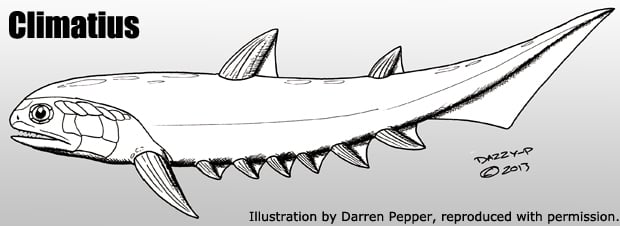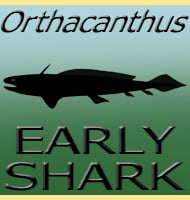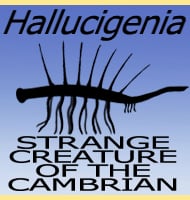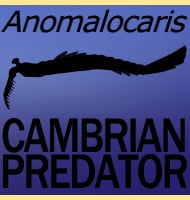In Depth
As a ‘spiny shark’ Climatius was not a true shark but was still related to them. Climatius was probably an open water hunter of smaller fish, and two clues to indicate this are both the strongly developed caudal fin and the large pectoral fins. As the caudal fin (loosely dubbed the tail) propelled Climatius forward it would also have the effect of putting the fish into a ‘nosedive’ towards the bottom. To counter this effect the pectoral fins act like hydrofoils to keep Climatius in a straight line as it swims forward. This may sound like a lot to infer for a fish that is only known from fossils, but this principal actually applies to all fish.
Climatius was probably a visually orientated predator as indicated by its large forward facing eyes. Once these located potential prey, the powerful tail would be employed to give chase and close the distance. Climatius would then use its small but sharp teeth to seize its prey, although rather surprisingly the teeth were only present in their lower jaw. This may have been so that it was easier to manipulate prey in the mouth so that it could be swallowed. Like in sharks, Climatius replaced its teeth as they became worn.
Not only did Climatius have the standard complement of strong spines present in the major fins (pectoral, pelvic, anal and both dorsal), it also had an additional four pairs of spines that ran along the underside. With a combined total of fifteen hard spines Climatius was significantly more protected than the related Acanthodes, and would have been a difficult mouthful for predators.
Further Reading
– Distribution of vertebrates in the Silurian of Estonia – E. Mark-Kurik – 1969.










